Western Electric Design Models
©2006-9 paulf. All rights reserved.| (What's this copyright
notice?) |
The photos on this page are stamped on the back by the firm of Henry Dreyfuss, each with handwritten title, date and number.
Mr. Dreyfuss wrote that the design process typically started with dozens to hundreds of conceptual sketches. Some of the most promising "were modeled in clay, which can be easily modified as ideas develop. Later they were cast in plaster, sculptured and lacquered. This high polish was important so that the model could be analyzed for light reflecton that might prove annoying or tiring. Some were equipped with mock components such as handset dials, cords and number plates to simulate the finished product."*
Later models were typically made of wood or metal and used standard phone parts, such as dials, fingerwheels and cords. Some were used for market research tests, where subjects would evaluate the cosmetics of the set and simulate calls by dialing numbers and talking into the handset.
Designs which survived would be hand made in small batches, fitted with actual phone components and wired to work for limited functional tests. Designs considered for production were then made in larger batches -- typically 100 or more units and sent out for field trials.
All models on this page apparently use standard #6 dials. Production models used later dials designed to be smaller.
Photos are from a portfolio in the collection of the JKL Museum of Telephony.
Photos courtesy of Wayne Merit
Bedroom Set Models
ca. 1955 - 1956
These were an early step in the design process that resulted in the Princess sets.
For more on the Princess evolution, go here.
The small ridge that permitted the Princess phone to be easily picked up with one hand apparently evolved after many trials.
Imagine the cost to produce some of the more intricate shapes!
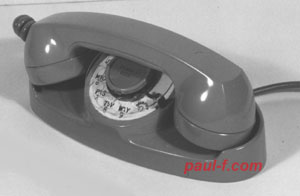
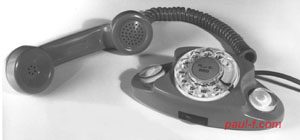
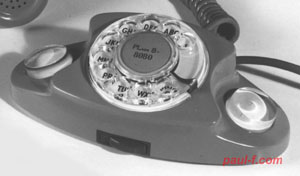
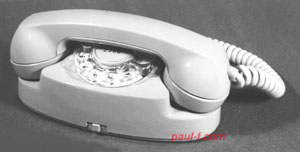
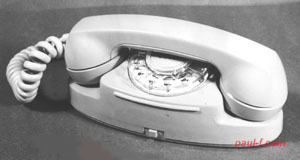
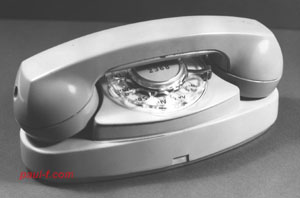
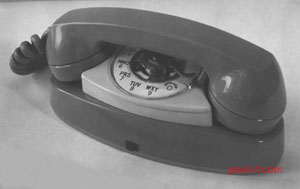
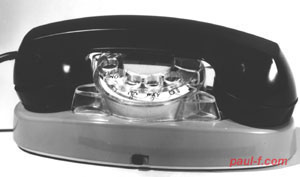
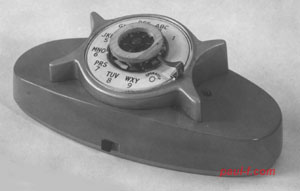
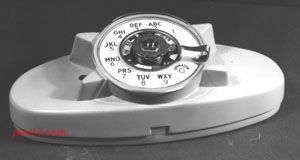
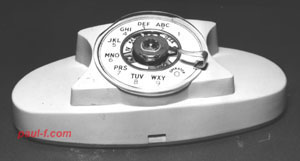
Dial In Handset Models
ca. 1955 - 1956
These were an early step in the design process that resulted in the Trimline sets.
For more on the Trimline evolution, go here.
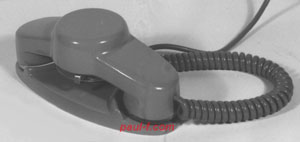
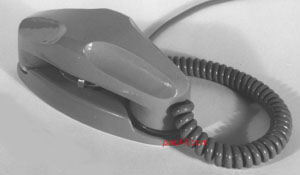
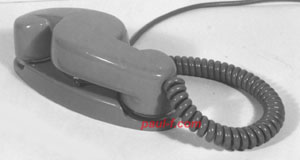
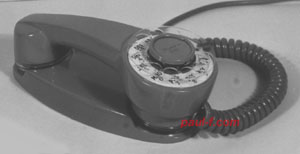
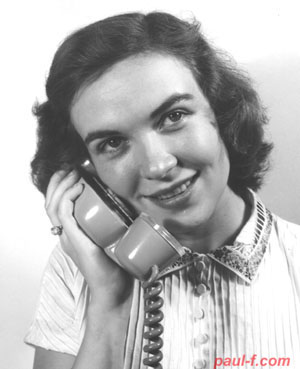
For more on the Trimline evolution, go here.
